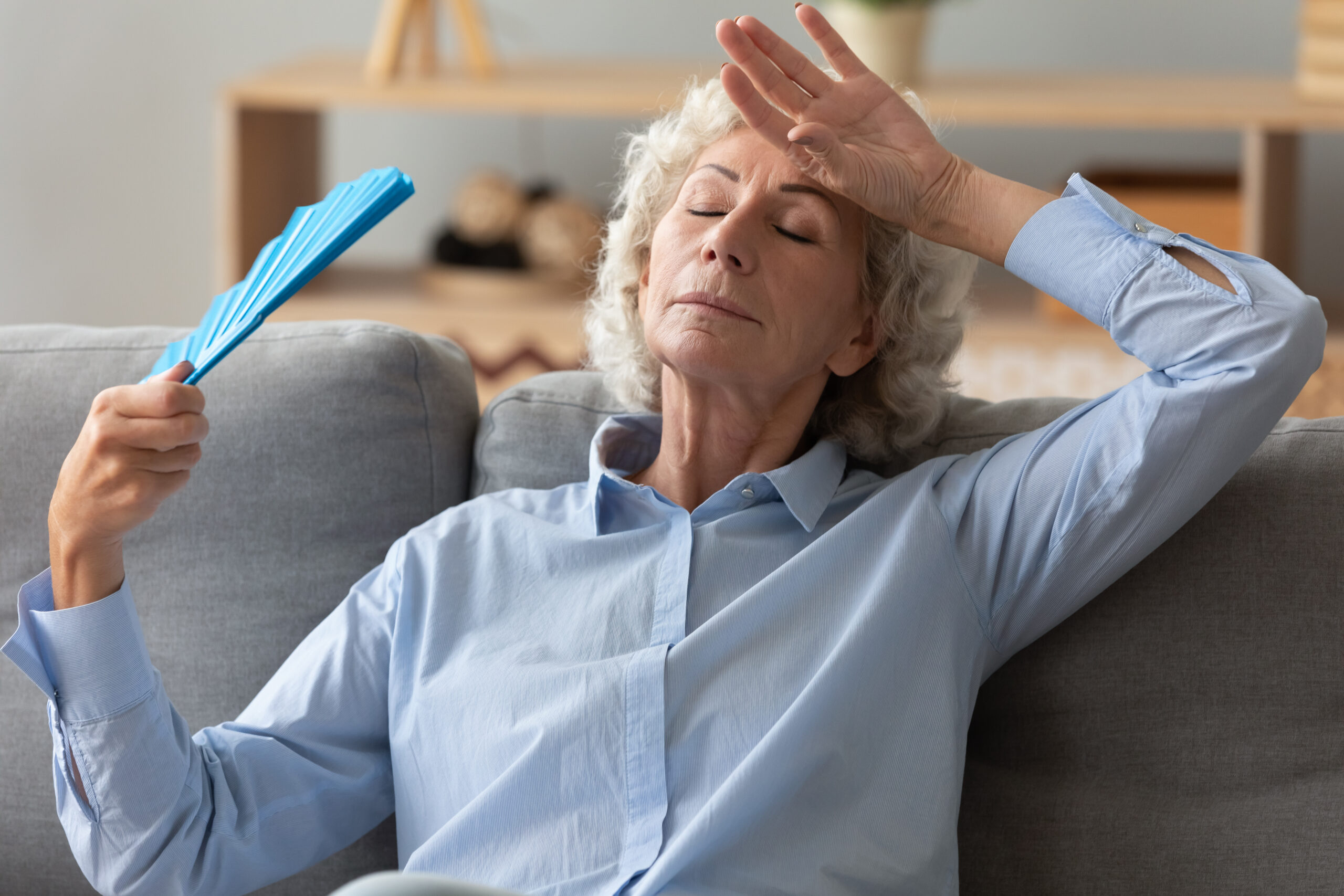Table of Contents

As summer sizzles, heat exhaustion poses a stealth threat, ready to ambush the unwary with debilitating fatigue, dizziness, and nausea.
But beyond the typical refrains to guzzle fluids and crank up fans lurk hidden factors silently stoking your susceptibility to this seasonal hazard.
Connect to Stay Cool
Believe it or not, your social life can be a powerful ally against heat exhaustion. Studies show isolated individuals, particularly older adults, are at higher risk during heat waves.
Why? Loneliness can zap motivation for self-care and leave you without a support network to help spot warning signs.
Maintain regular check-ins with friends and loved ones, especially during hot spells. Consider joining community groups or volunteering to expand your social circle and heat safety net.
Fight Heat with Financial Savvy
Your risk of heat exhaustion is closely tied to your economic circumstances. Lower-income neighborhoods often become "heat islands" due to lack of green spaces and access to cooling.
If you're struggling financially, high utility costs can make cranking the AC a tough choice.
Seek out local energy assistance programs and cooling centers. Advocate for heat relief measures in your community. Budget for summer utility spikes and invest in efficient cooling methods like fans and draft stoppers.
Fortify Your Heat Defenses 24/7
Seemingly unrelated habits, like poor sleep and heavily processed diets, can sneakily chip away at your body's ability to handle heat.
Skimping on shuteye hampers your internal temperature control, while inflammatory foods can leave you more vulnerable to heat stress.
Prioritize 7-9 hours of quality sleep per night, especially leading up to and during hot days. Fuel up with whole, minimally processed foods to keep inflammation in check.
If you drink alcohol, alternate each drink with water to avoid stealthy dehydration.
Spot the Warning Signs
Exhaustion often arrives cloaked in vague symptoms easily brushed off in the heat-of-the-moment.
Heavy sweating, pale clammy skin, weak limb pulses, and disorientation are red flags demanding immediate respite.
Retreat to a cool environment, replenish electrolytes, and enlist help if improvement lags.
Solo adventurers should be extra attuned to these cues, as self-assessment grows unreliable as heat strain mounts. Packing a buddy or alerting others to your whereabouts enables vital backup if heat overpowers your own vigilance.
By grasping these hidden risk currents, we can weave a more comprehensive safety net to outsmart summertime's sapping powers.
The most effective heat defense strategy fuses smart day-to-day habits with mindfulness of how community ties and socioeconomic realities shape risk. When we view heat exhaustion through this nuanced lens, we equip ourselves to stay not just cool, but truly resilient as temperatures soar.
AD
Most Recent
AD
